CONTACT US TODAY!
COMPLETE THE FORM
BELOW OR CALL
(813) 886-9119
Common Signs of a Leaking Pool & What To Do
You decide to take a quick dip in your backyard swimming pool and notice the water is a bit lower than normal. Now, it’s normal for your pool to lose water to evaporation, splashing and even to backwashing. A ¼-1/2 inch is about normal every few days, however if you are noticing a significant difference, closer to 2” of loss, leak detection may be something you want to look more into.
There can also be a few other things that may raise red flags that you may have a potential leak besides noticing the water levels, which is the most obvious.
- Have your water bills increased? Often pool owners have automatic fill devices and by keeping the pool filled they can hide a leak.
- Is there water under your pool equipment?
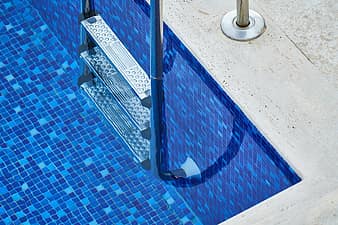
- Is there algae growth around your pool?
Before calling a leak detection company, we recommend you take a few simply steps to review your pool and areas surrounding to see what you can find yourself.
However, if you wait too long, a minor leak can lead to big problems in your pool and on your property. Along with fixing the leak, you may find that you have some major work to do in your yard to get it cleaned up. That’s why early leak detection is so important. When you detect a leak early, you can get it repaired before it becomes a major problem. If you can’t detect a leak yourself but suspect there’s a leak or other problem with your pool, your best bet is to reach out to an expert so that you can get the help you need sooner than later.
Check the obvious first. Pool leaks can occur anywhere in or outside your pool. Before searching for the leak in your pool, make sure you check your entire filter system area, including the pump, filter, heater, chlorinator, etc.
Also check for any wet areas around the pool? Check the ground for moisture. Walk around the pool, and by the pool and the equipment. Check for wet soil and sunken or eroding areas.
If you have an in-ground pool, leaks can also occur by cracked piping underground. If you suspect this, call a local pool professional to pressure test the lines for possible cracks.
However, there are two things you can do on your own to determine a leak. They are call the Bucket Leak Detection and the Ink Method. See how to do these below:
Bucket Leak Detection:
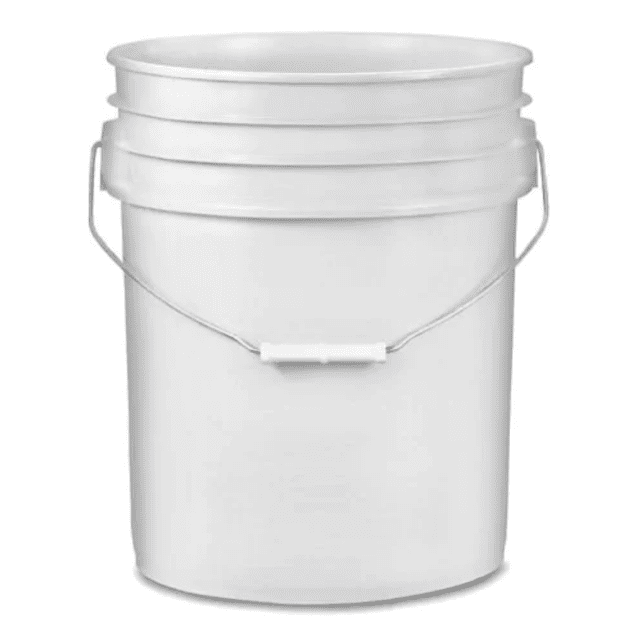
Place a bucket filled with pool water on a pool step, ideally on the second step. Weight it down with a rock or brick, so it stays still and won’t move. Mark the water level on both the inside and the outside of the bucket. Make sure the water levels are the same inside the bucket as the pool water level on the outside the bucket, this can be a bit challenging but do the best you can. 24 hours later, come back and check the marks. If there’s a greater drop in the line on the outside of the bucket, a leak in the pool is indicated. Be sure to do this twice, once with the pump on, then again with the pump off.
With the pump-on, if the water level in the pool is greater with water circulating under pressure, the leak is most likely somewhere in your pool’s plumbing.
Ink Method:
Go to the area where you think the leak might be. Move slowly and try not to disturb the water.
Put a drop or two of dye test solution near a suspected leak point close to the pool wall. Do this with the pump shut off and the water still. See if the dye is sucked into the crack, gap or tear. If the leak is near, you will see the dye move towards the leak source like a current.
If you suspect your leak is at the bottom of your pool, put on those goggles and do the same thing. The reason you don’t want to disturb the water is because you don’t want the dye running wild.
Remember, if pool leak detection—or any other pool maintenance task—becomes too difficult, or you’re not sure you’re getting the right results, you always have the option to call in a pro.
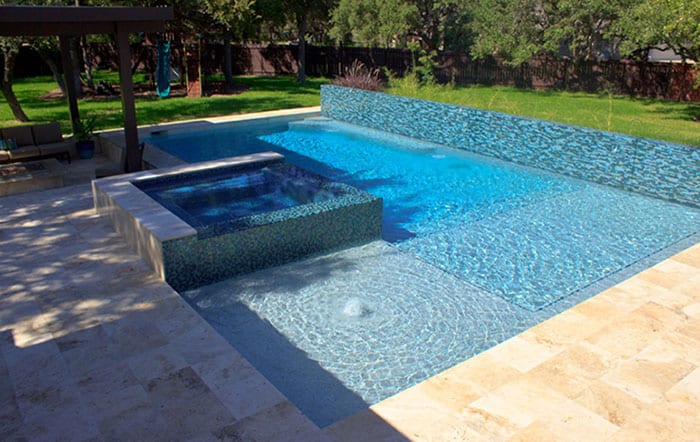
Pool Add-ons
Upgrade your Pool experience with an add-on such as a waterfall, pool deck covering, lighting and more. Learn More
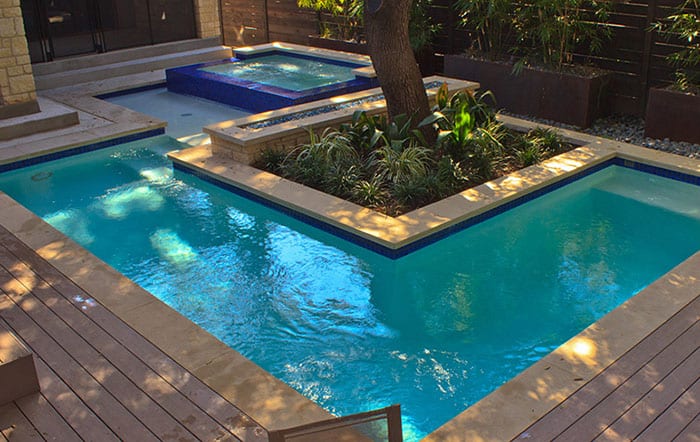
Swimming Pool Remodels
Remodel your pool with new water features and more. From simple enhancements to full construction. Learn More
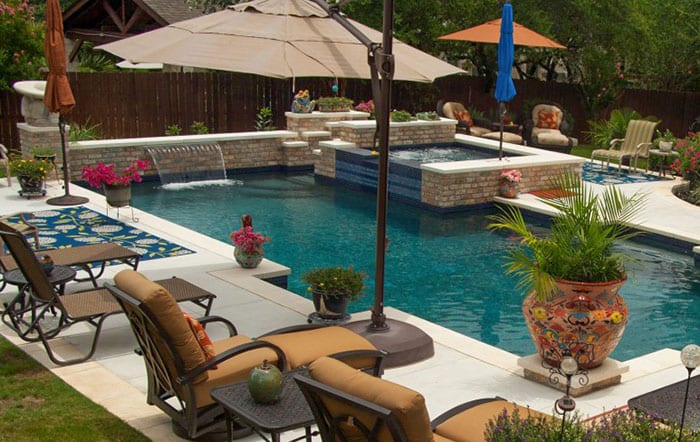
Custom Pool Designs
Don’t settle for cookie cutter. Get a custom pool designed for your backyard with all the features you want. Learn More

